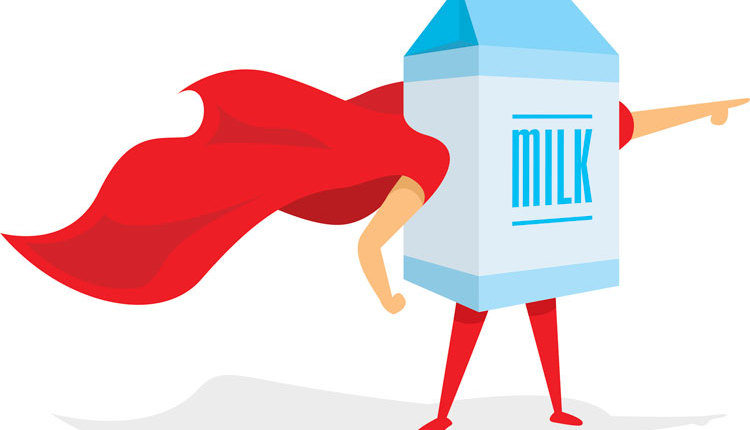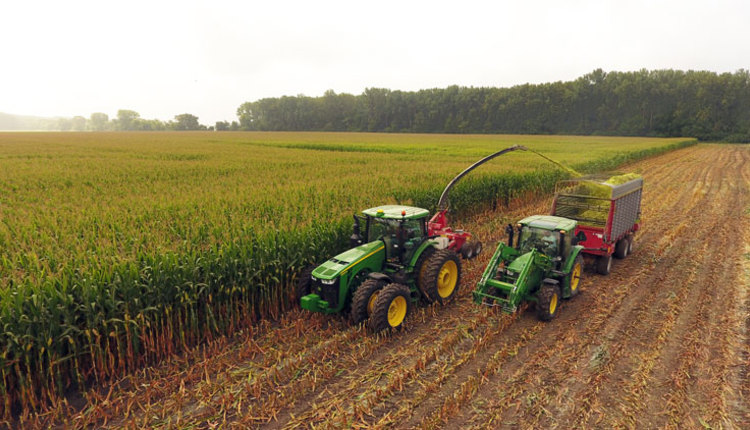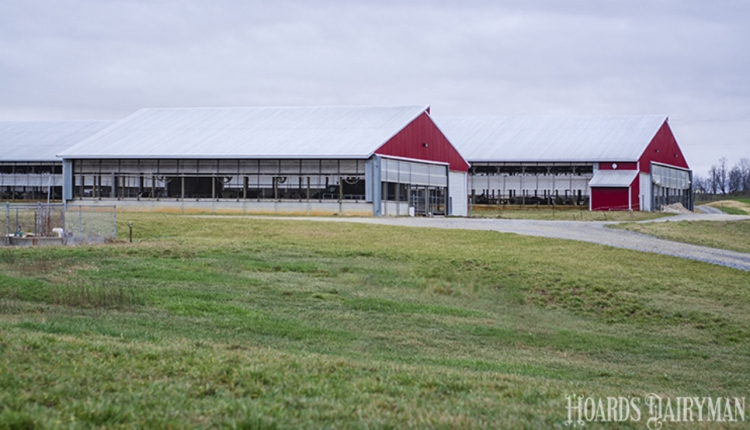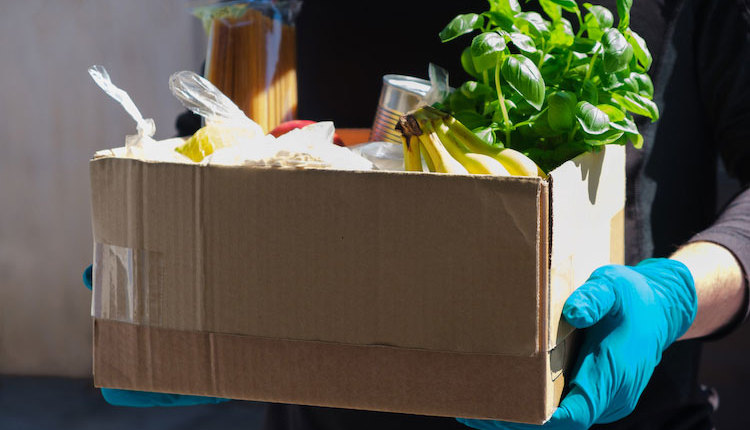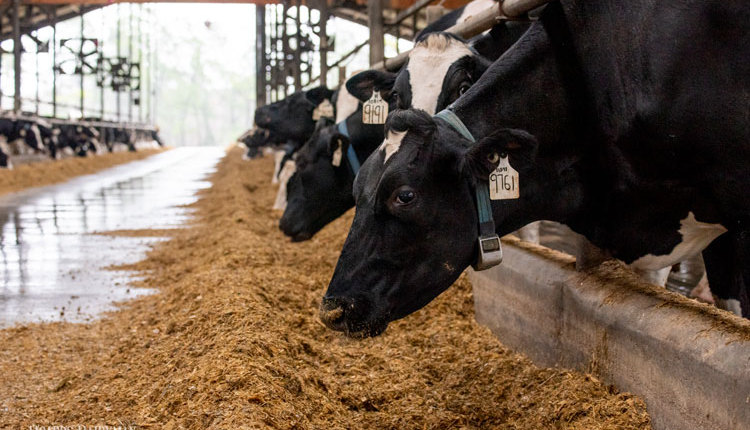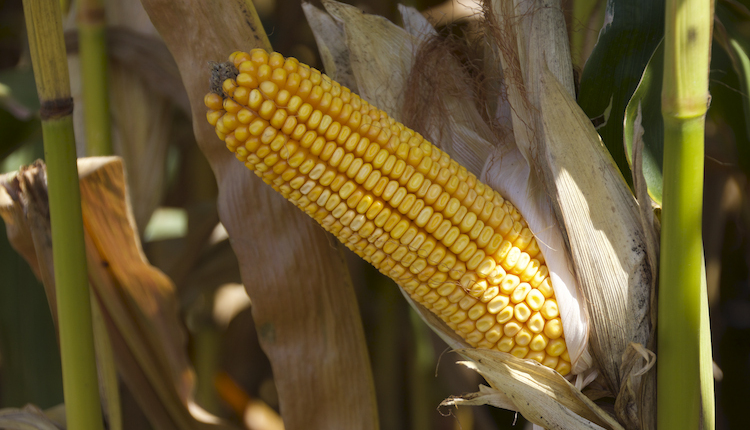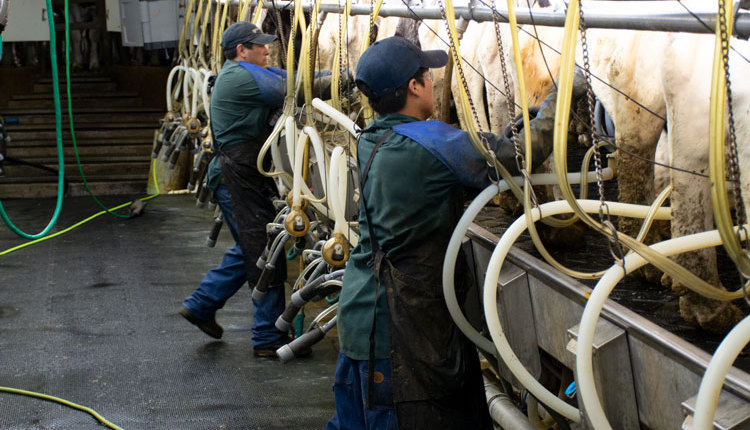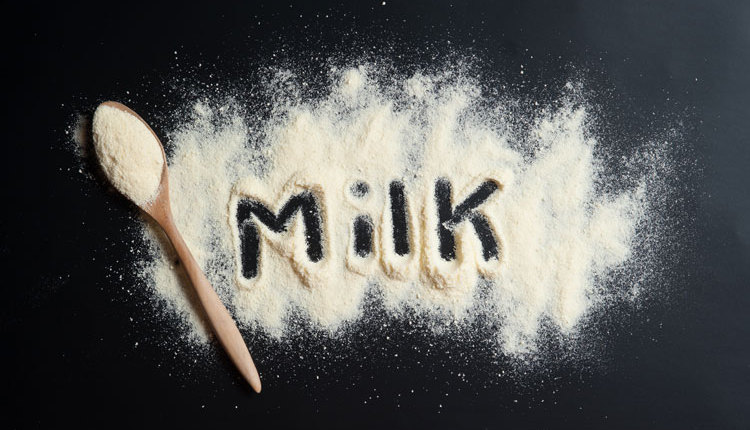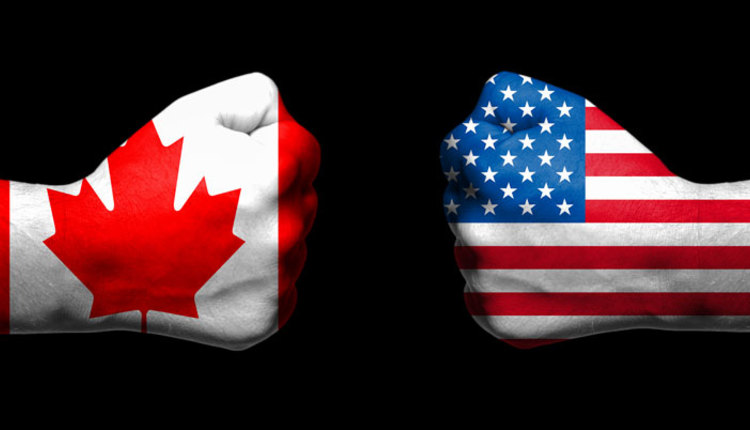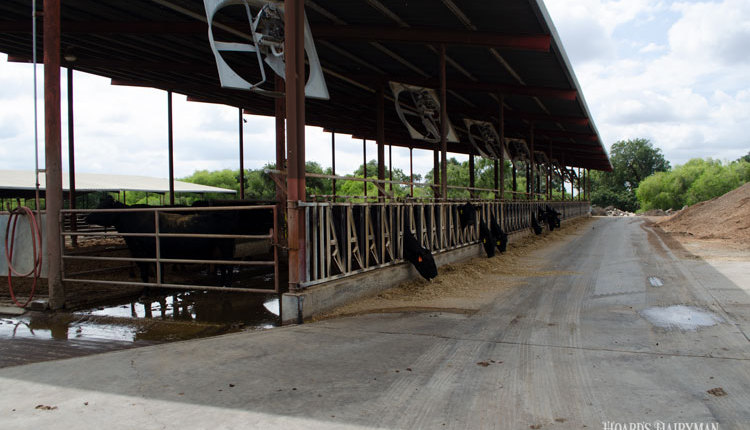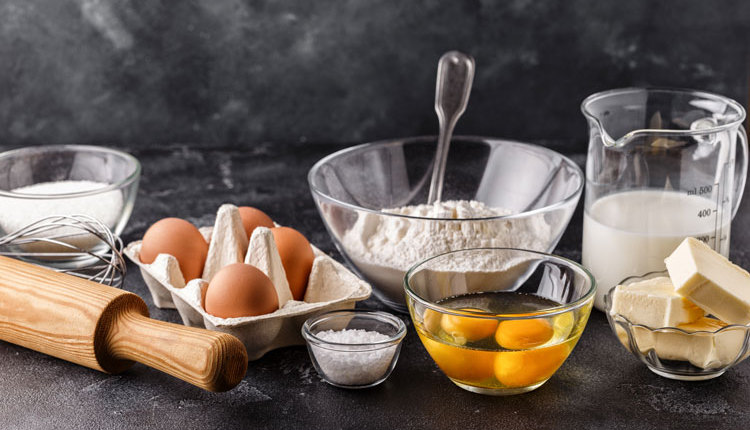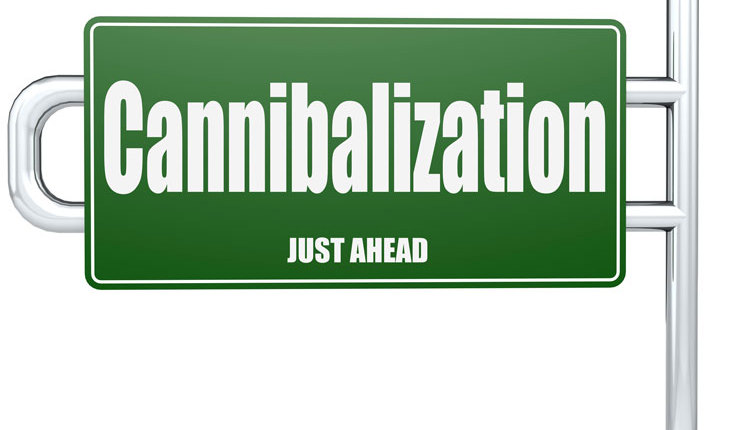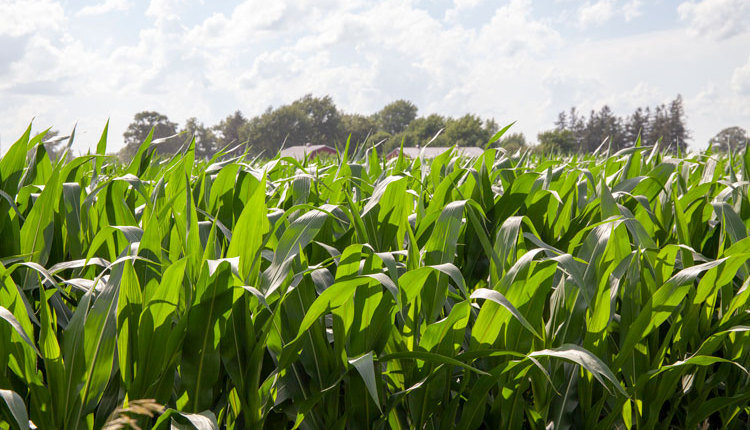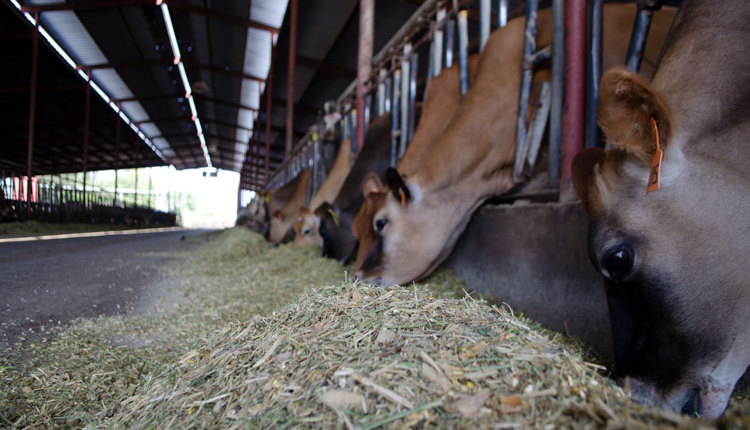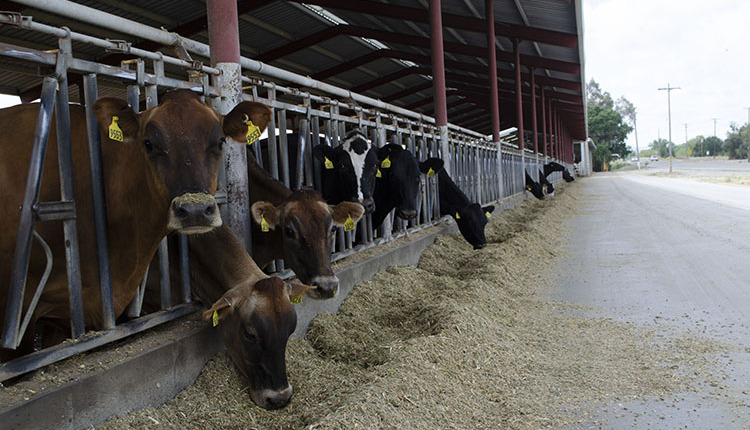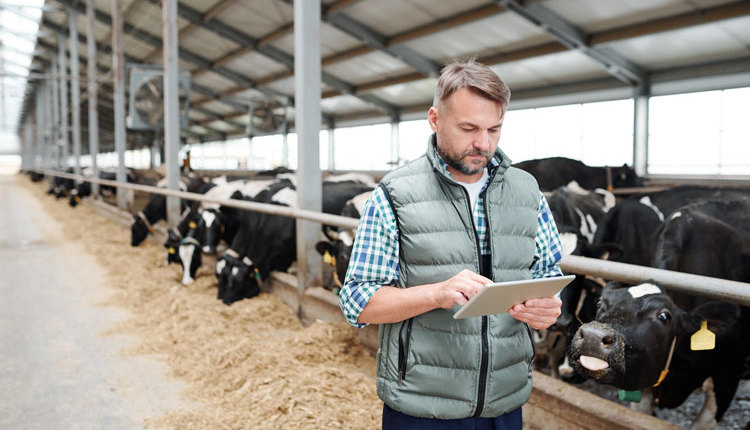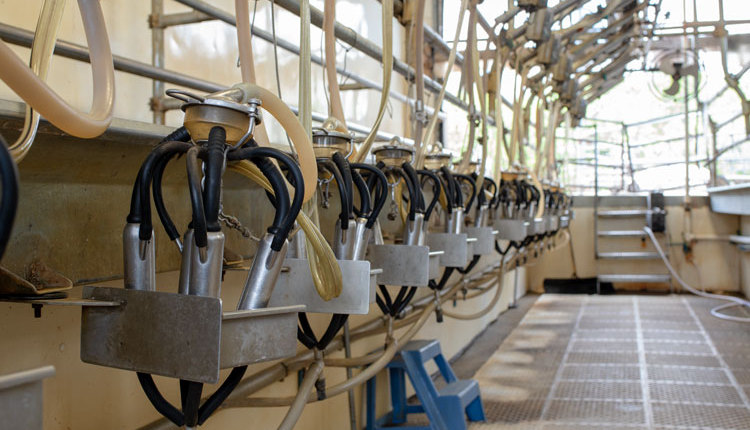
The author and her family own and operate a 130-cow dairy and crop 1,500 acres. She also is a former associate editor at Hoard’s Dairyman.
Aug. 20 2020
From 1990 to 2010, the United States saw constantly expanding school-age populations. Since then, the number of students in school have dropped significantly, and that’s not something that’s...
Aug. 17 2020
Corn silage is on the top of the mind for many dairy farmers right now. As such, three farmers shared what they’ve learned as they work to produce the best corn silage they can
Aug. 17 2020
Since June 2019, 580 American farms filed for Chapter 12 bankruptcy according to the American Farm Bureau Federation
Aug. 16 2020
A question you will often hear when discussing cattle nutrition is what level of production do you balance for? This question sets the stage for energy, fiber, and ingredient inclusion in the diet
Aug. 13 2020
While producers have until the end of August to sign up for Coronavirus Food Assistance Program payments, only $7 billion has been awarded to 521,853 applications as of August 10
Aug. 10 2020
The end of July marked the halfway point in the allotted time period for the dispersal of $3 billion through the Farms to Families Food Box program that was instituted by the Coronavirus Food Assistance...
Aug. 6 2020
What area of your dairy received the most scrutiny as you looked to tighten your budgets?
Aug. 3 2020
Historically, monitoring kernel milklines was the gold standard for determining time of harvest for corn destined for silage
July 30 2020
Stressful seasons on the farm can and do cause conflict, drama, and finger-pointing amongst employees and owners
July 27 2020
While Class III prices have surged, Class IV prices have stayed relatively consistent
July 23 2020
The last five years have caused Class VII to become a well-recognized term in the United States
July 23 2020
July has arrived in full force, and those summer temperatures have brought along heat stress. Fortunately, several strategies can help to alleviate those risks and limit their long-term effects
July 20 2020
While the coronavirus pandemic has certainly brought wide swings in dairy markets, it has brought an even wider list of questions about the future
July 13 2020
The coronavirus pandemic has brought to light a number of new consumer behaviors. Among them is an interesting trend that has emerged in purchasing decisions
July 9 2020
COVID-19 brought to light a number of supply chain concerns around the world. Chief among them according to economist David Kohl was the cannibalization of industry via concentration
July 6 2020
Although there is risk of hot weather and the potential for drought across some parts of the country in July, this year’s corn crop is looking markedly better than last year
July 2 2020
For years, feed costs have carried extra scrutiny as farms look to minimize their impact on the operation’s bottom line
June 29 2020
This week is forecasted to be hot in nearly every dairy producing part of the country. Month-long predictions have much of the same with above average temperatures expected for all of July
June 29 2020
Class III milk, not Class I, could be the price leader in June milk checks. “June’s Class III price (driven by cheese price gains) is expected to jump over $7 per hundredweight (cwt.)
June 25 2020
This May’s milk production figures saw a 1.1% decline from May 2019 and were recognizably lower than April 2020. The cuts were made both in total production and production per cow
Visit our partner publications:
Hay & Forage Grower | Journal of Nutrient Management
